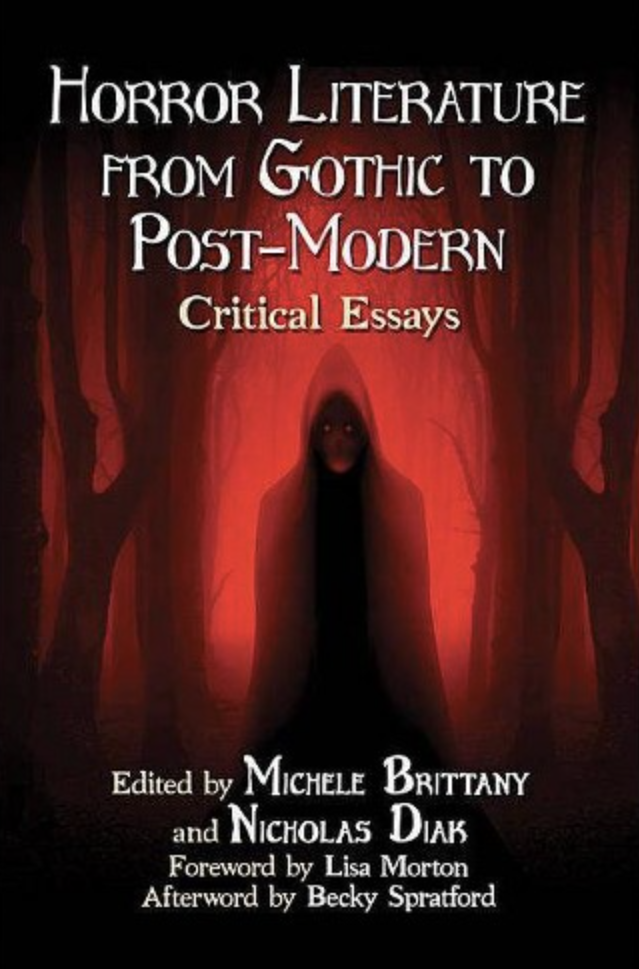

She turns out to have been a relation of Dracula. In echoes of Rebecca, the heroine discovers letters of the Marquis’s first wife. ‘The Bloody Chamber’ (1979), like the other stories in the collection of the same name, plays with the ways fairytales, legends and Gothic fictions construct identities, fantasies, fears and desires, particularly in terms of female sexuality and desire: a young female speaker casts herself as a Gothic heroine on her marriage to an aristocratic libertine and voluptuary in the Sadeian mould. Her Heroes and Villains (1969) uses the future to reflect on distinctions between civilisation and barbarity. Angela Carter’s fiction, self-consciously mixing different forms, including fairytale, legend, science fiction and Gothic, shows the interplay of narratives shaping reality and identity, particularly in relation to the production of meanings for sexuality. The stories of Robert Coover’s Pricksongs and Descants(1969), mixing fragments of myth, fairytale and everyday realism, expose the violence and the violent structures of fantasy that are inscribed in and between the different narratives composing a culture, an uncanny narrative shadow that subverts distinctions between fictional forms and the narratives shaping reality, family and identity. Part of the challenge to modernity’s assumptions, meanings, exclusions and suppressions has emerged in fictions that juxtapose, and thereby reorganise, narrative styles and relations. Perceived as a condensation of grand narratives, the legitimacy, universality and unity of modernity is put in question.

The twentieth century’s escalating anxiety regarding modernity as a combination of civilisation, progress and rationality has become focused on the way that social, historical and individual formations are bound up with the organising effects of narratives.

The hybrid mixing of forms and narratives has uncanny effects, effects which make narrative play and ambivalence another figure of horror, another duplicitous object to be expelled from proper orders of consciousness and representation. Exacerbated rather than resolved by the artificial assemblages of Gothic forms, the excess contaminates all distinctions in the way it highlights the function of forms and conventions in the everyday as well as fictional world. Producing powerful emotions rather than aesthetic judgments, effects on audiences and readers rather than instructions for them, narrative forms and devices spill over from worlds of fantasy and fiction into real and social spheres. The uncertainty perpetuates Gothic anxieties at the level of narrative and generic form, and affects all categories and boundaries from the generic to the social. The play of fear and laughter has been inscribed in Gothic texts since their inception, an ambivalence that disturbs critical categories that evaluate their seriousness or triviality.


 0 kommentar(er)
0 kommentar(er)
